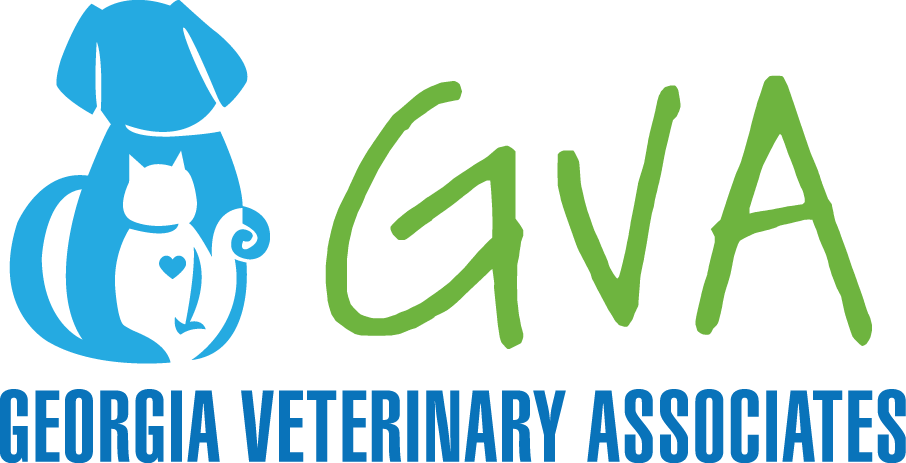Gastropexy (commonly known as a “pexy” or “tacked stomach”) is an elective surgery which involves permanently adhering one end of the stomach to the body wall. This procedure is the most effective way to prevent Gastric Dilation and Volvulus (GDV), which is a complication of Bloat. It is often performed at the time of spay or neuter, while a dog is already under anesthesia, and is recommended for many large and giant breed dogs, particulary those dogs who are considered to be deep-chested.
Breeds for which gastropexy is commonly recommended:
- Great Dane
- Golden Retriever
- Labrador Retriever
- German Shepherd
- Setter breeds
- St. Bernard
- Weimaraner
What is Bloat and GDV?
Bloat is when the stomach becomes filled and distended with air, GDV is a complication which occurs when the air-filled stomach twists on itself, compromising blood flow to the stomach tissue.
Factors that increase the risk of bloat:
- Family history
- Being thin or underweight
- Feeding only 1 meal per day
- Eating rapidly
- Feeding from an elevated bowl
- Restricting access to water
- Diets with fat in the first 4 ingredients
- Fearful or anxious temperament
- Males are more likely to bloat than females
- Bloat occurs more commonly in dogs over age 7
Contrary to popular belief, cereal ingredients such as soy, wheat, or corn in the first four ingredients of the ingredient list do not increase the risk of bloat
Factors that decrease risk of bloat:
- Including canned food in the diet
- Eating 2 or more meals per day
- Feeding a dry food containing a calcium-rich meat meal (such as meat/lamb meal, fish meal, chicken by-product meal, or bone meal) listed in the first four ingredients of the ingredient list Signs of Bloat Signs of bloating and GDV include heavy panting, painful stomach, distended abdomen, and nonproductive retching, although dogs may bloat without developing these specific symptoms.
If a dog does bloat, they require emergency treatment by a veterinarian. Without treatment, most bloated dogs will die within a matter of hours (if they have not previously received a gastropexy).
Why Gastropexy?
Even though most dogs will not bloat in their lifetime, for those who do suffer from GDV the morbidity and mortality rate is high. In patients who have already received a gastropexy, the stomach can usually be safely decompressed and the patient stabilized quickly. Dogs who have not had a gastropexy often require emergency surgery to correct the torsion of the stomach and a gastropexy to prevent a recurrence. In many dogs with GDV sections of the stomach, tissue have died from lack of blood flow and must be removed, which increases the likelihood of post-surgical complications. Without gastropexy, up to 75% of these dogs will bloat again in their lifetime.
The most effective way to prevent GDV is to have your dog receive a gastropexy at the time of spay or neuter. Gastropexy can also be performed at any time on an adult dog. This procedure can be performed safely, and incision size can be reduced significantly with the use of laparoscopic equipment available at Russell Ridge Animal Hospital. The laparoscopic method results in much less post-surgical pain and quicker return to normal activity. If you think your pet is a candidate for gastropexy please schedule an appointment with your veterinarian, we will be happy to discuss your pet’s individual needs.
For a downloadable PDF version of our Gastropexy handout, click here.
